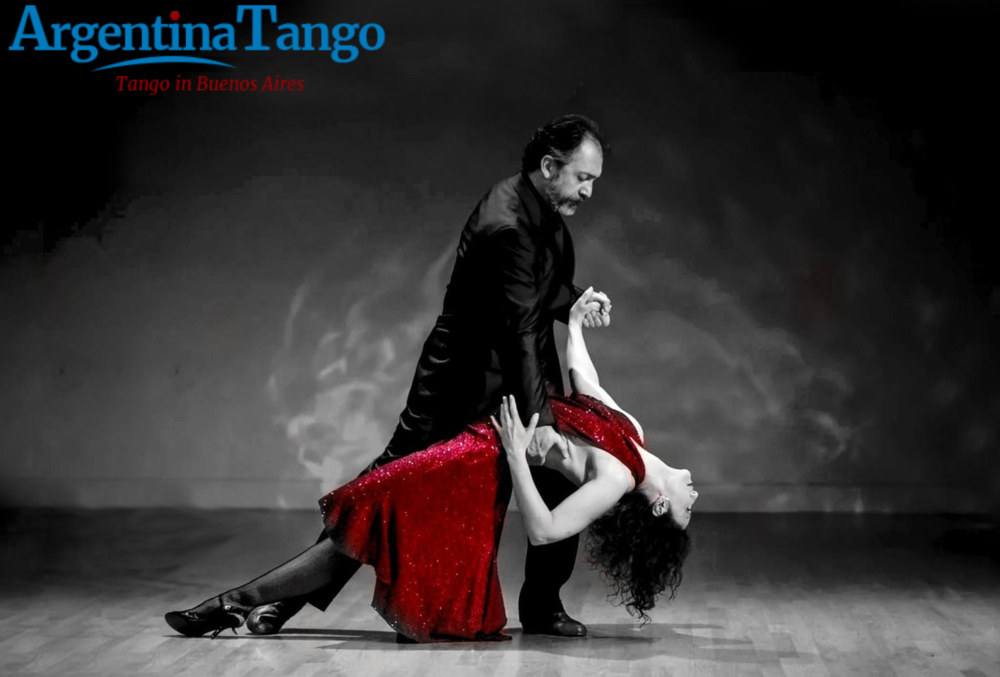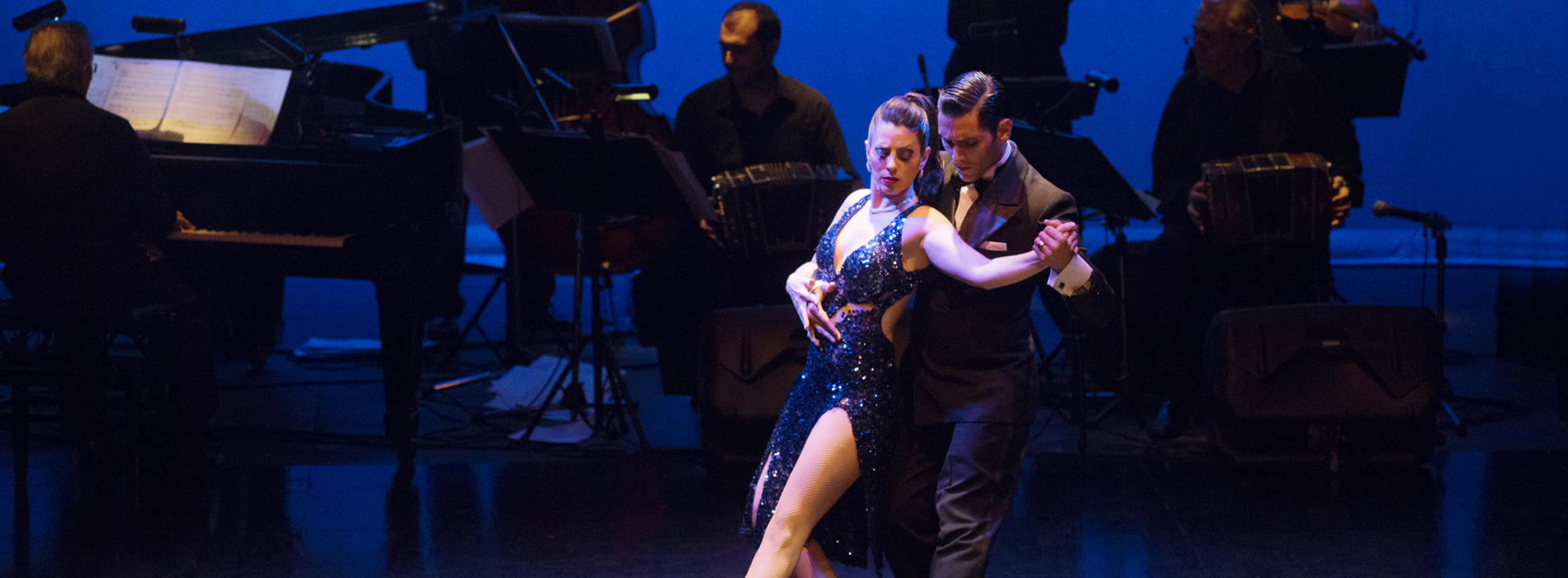
A Beginner’s Guide to Tango Music and Rhythms
Tango music is at the heart of the iconic Argentine tango dance. It is emotional, expressive, and deeply connected to the culture of Buenos Aires. Whether you’re a beginner looking to understand tango music or preparing for a Buenos Aires tango show, this guide will help you appreciate the basics of tango music and rhythm. Let’s dive into the world of tango and its unique sound.
What is Tango Music?
Tango music originated in Buenos Aires in the late 19th century. It’s a blend of different musical influences, including European, African, and indigenous sounds. Tango music is known for its emotional depth, which is why many consider it one of the most passionate music genres. Tango is not just for dancing—it’s also an art form that reflects love, heartbreak, and longing.
The Instruments of Tango Music
The soul of tango music comes from its unique instruments. The main instrument in tango is the bandoneón, a type of accordion that produces the melancholic and haunting sound synonymous with tango. Other important instruments include:
- Piano: Provides the rhythm and harmony.
- Violin: Adds emotional intensity.
- Double Bass: Gives the music its deep, rich foundation.
- Guitar: Adds melody and rhythm to the mix.
Together, these instruments create the rich and dynamic sound that you’ll often hear at a Buenos Aires tango show.
Understanding the Rhythm of Tango
Tango music is known for its unique rhythm. The basic tango rhythm is typically in 2/4 or 4/4 time. What makes tango special is how it plays with timing, allowing for pauses, quick steps, and slow movements. This gives tango dancers the freedom to interpret the music in their own way, creating a fluid and dynamic dance.
When you watch experienced tango partners dance, you’ll notice how they respond to the shifts in rhythm and mood. This is one reason why tango is such an expressive and emotional dance.
Different Styles of Tango Music
Tango music comes in different styles, each with its own rhythm and mood. Here are the three main types of tango music that you’ll encounter:
- Tango Tradicional: The most common style of tango music. It has a clear, steady rhythm that makes it easy to dance to.
- Tango Vals: A waltz-inspired version of tango with a faster rhythm and flowing movements.
- Tango Milonga: A faster, more upbeat version of tango that is fun and lively.
Each style offers something unique, and learning to identify them will help you understand and enjoy tango more, whether you’re dancing or watching a Buenos Aires tango show.
How to Listen to Tango Music
Listening to tango music isn’t just about hearing the notes—it’s about feeling the emotion behind the melody. Here’s how you can start listening to tango like a dancer:
- Focus on the Bandoneón: The bandoneón often leads the music, so listen closely to its sound. It helps guide the emotion of the song.
- Feel the Rhythm: Tap your foot or sway to the rhythm to understand the timing of the music. This will help you feel more connected to the dance.
- Notice the Dynamics: Tango music often changes in intensity, going from soft and subtle to loud and powerful. These changes add emotion to the dance and music.
By understanding these elements, you’ll enjoy tango more, whether you’re listening at home or attending tango tours in Buenos Aires.
Dancing to Tango Music
Tango is a social dance that requires close coordination between tango partners. While it may look difficult, the key to dancing tango is to listen to the music and connect with your partner. There’s no rigid choreography in tango—it’s all about interpreting the rhythm and expressing emotion together.
If you’re new to tango, don’t worry about getting every step perfect. Focus on feeling the music and building a connection with your partner. Over time, your movements will become more natural, and you’ll enjoy the dance even more.
Experience Tango in Buenos Aires
For those looking to dive deeper into tango music and culture, there’s no better place than Buenos Aires. This city is the birthplace of tango and is full of opportunities to experience its magic.
- Buenos Aires Tango Shows: A tango show is a must-see for anyone visiting Buenos Aires. These performances showcase the best tango dancers and live music. It’s a perfect way to see tango in its purest form.
- Tango Tours in Buenos Aires: Many tango tours offer a combination of history, culture, and dance. You can visit famous tango spots, learn about the history of the dance, and even take tango lessons to experience the music firsthand.
Conclusion
Tango music is rich, emotional, and full of life. As a beginner, understanding its rhythm and styles will help you appreciate this iconic music genre. Whether you’re listening to tango at home, dancing with tango partners, or attending a Buenos Aires tango show, the passion of tango will leave a lasting impression. If you ever get the chance, immerse yourself in tango tours Buenos Aires has to offer, and explore the birthplace of this captivating art form.









